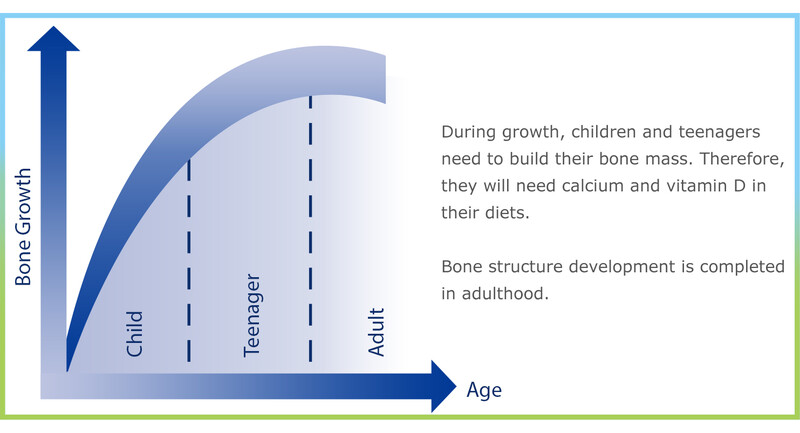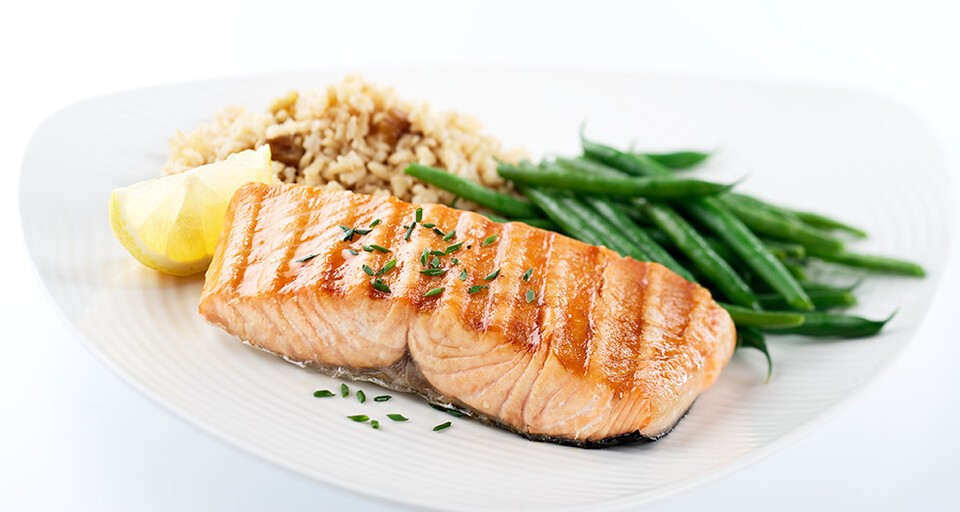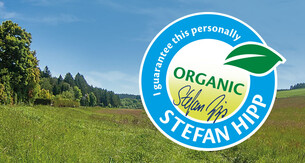Strong bones need to be built up at a young age, as the body never forms as much bone mass again as in the first 20 years. Anyone who regularly ‘invest’ in their bones as a child will benefit for the rest of their life.
What helps make strong bones?
• Eating and drinking foods that contain vitamin D and calcium: milk and dairy products contribute to calcium supply as well as broccoli. Oily fish is an excellent source of vitamin D. HiPP JUNIOR Growing-up Milk contains calcium and Vitamin D to support strong bones growth for children in the first few years of life.
• Being active and building up muscles: a correct diet alone is not enough for strong bones. Lots of movement is a further important building block. This way, children can be introduced to exercise at an early age, e.g. with children’s gymnastics, and at the same time they are training their muscles in a fun way.
• Playing outside: fresh air and sun are good for all of us. Especially “outdoor games” such as catch, jumping or ball games are fun and encourage healthy bones. Take advantage of the opportunity and play together with your children outside –double fun guaranteed! But please always ensure sufficient sun protection!










